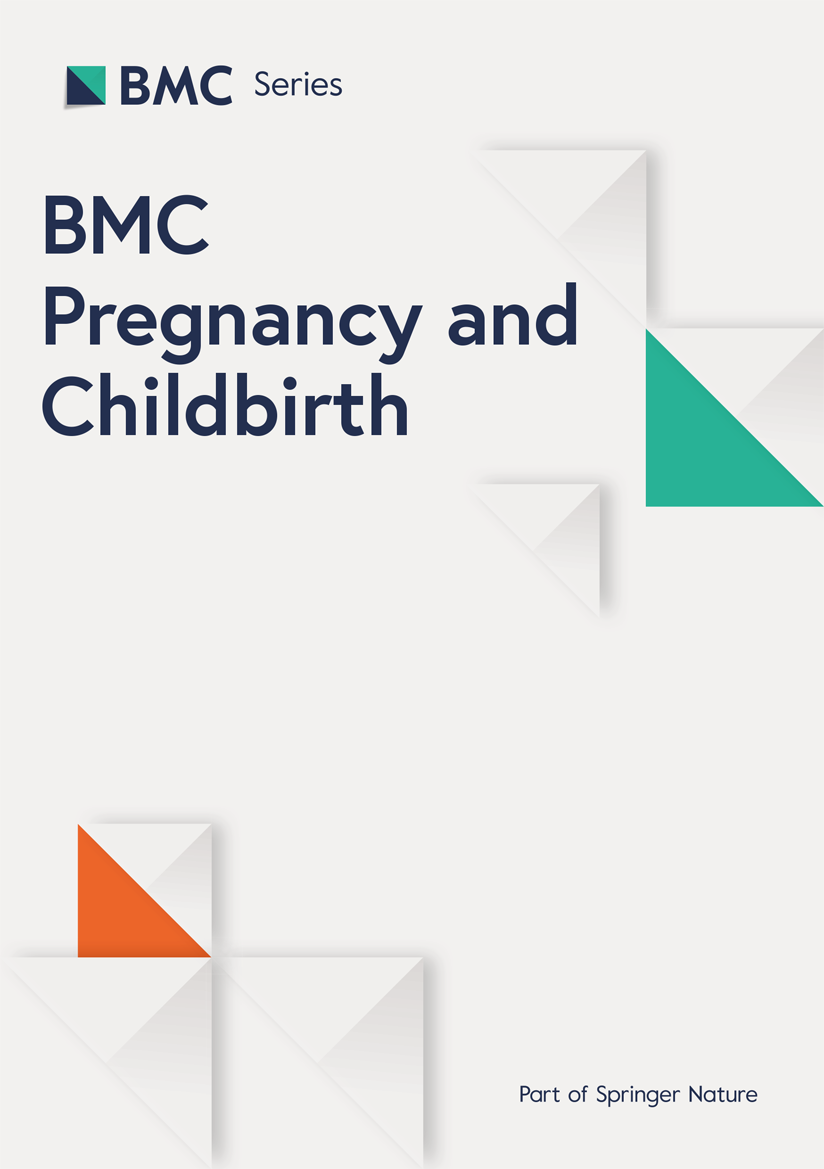Missed abortion is a specific miscarriage subtype characterized by embryonic or fetal death without the natural expulsion of intrauterine products of conception [8, 11]. A variety of etiological factors, including maternal endocrine or immune-related factors, infections, abnormal thrombotic activity, fetal chromosomal abnormalities, and environmental influences, have been identified as contributing to missed abortion [12,13,14]. PCOS, one of the most common endocrine disorders in women of reproductive age [15, 16], has been shown to increase the risk of missed abortion [15, 16]. The results of the present study investigating the link between PCOS and missed abortion provide evidence that oligomenorrhea, menstrual period duration, and total testosterone are independent risk factors for missed abortion in women with PCOS.
The clinical presentation of PCOS is highly heterogeneous. According to the Rotterdam criteria, PCOS patients often experience oligomenorrhea or amenorrhea, although some may have regular menstrual cycles [10, 16, 17]. Menstrual irregularities in PCOS are primarily driven by insulin resistance and hyperandrogenism [18, 19]. While earlier studies suggested that menstrual patterns in PCOS patients are not independent risk factors for miscarriage [20], other research has demonstrated that early pregnancy loss in PCOS is closely linked to elevated androgen levels and insulin resistance [3, 21]. For example, a systematic review identified insulin resistance as a risk factor for spontaneous abortion in PCOS patients undergoing assisted reproductive treatment [21]. Hyperandrogenism has been shown to impair endometrial receptivity by thickening the endometrial subepithelial stroma and myometrium, thereby contributing to recurrent pregnancy loss [22]. Despite the extensive focus on miscarriage in women with PCOS, research on its association with missed abortion has been limited. This study addresses this gap by analyzing the relationship between PCOS and missed abortion, identifying oligomenorrhea and menstrual period duration as independent risk factors for this complication.
However, it is important to note that the absolute difference in menstrual period duration between the missed abortion and control groups was relatively small (approximately half a day). This minor discrepancy suggests that while menstrual period duration may correlate with missed abortion risk in statistical terms, its clinical relevance as an independent predictor is likely limited. It may reflect underlying hormonal imbalances (e.g., subtle perturbations in progesterone or estrogen dynamics) that are secondary to more impactful factors like ovulatory dysfunction (oligomenorrhea) or hyperandrogenism, rather than exerting a direct causal effect on pregnancy loss.
Infertility in PCOS is often attributed to ovulation irregularities, as well as endocrine and metabolic disorders, with assisted reproductive technology (ART) playing a pivotal role in achieving pregnancy for many affected women [23]. Notably, our study found that ART is not a significant risk factor for missed abortion in women with PCOS, a finding that may stem from differences in hormonal profiles—for example, a retrospective cohort study of 4,083 women undergoing IVF or ICSI revealed no significant differences in pregnancy loss or perinatal complications between PCOS patients without hyperandrogenism and controls [24]. This underscores the need to focus on endocrine-metabolic factors during ART interventions, as our analysis of these parameters further revealed key insights: total testosterone is an independent risk factor for missed abortion in PCOS, consistent with previous studies indicating that hyperandrogenism impairs endometrial receptivity and contributes to pregnancy loss [22, 25]. Meanwhile, AMH emerged as a risk factor in univariate analysis but not in multivariate models, suggesting its association with missed abortion is likely mediated by other factors such as hyperandrogenism [26, 27] rather than being an independent predictor. Although fasting insulin levels showed significant differences in descriptive statistics, they were not identified as a risk factor in either analysis, possibly due to the interplay between insulin resistance and hyperandrogenism—since androgens can drive insulin resistance in PCOS [28], the influence of fasting insulin may be overshadowed by the more prominent role of testosterone. Collectively, these findings highlight the importance of monitoring and regulating androgen levels, alongside addressing insulin resistance, during ART and broader clinical management of PCOS patients to reduce the risk of missed abortion.
These findings have practical implications for clinical practice: Clinicians should monitor menstrual patterns (especially oligomenorrhea) and measure testosterone levels in PCOS patients during preconception and early pregnancy. For those with oligomenorrhea or elevated testosterone, targeted interventions like ovulation induction or anti-androgen therapy may help reduce missed abortion risk, supporting personalized care to improve pregnancy outcomes.
This study has certain limitations. Due to the small sample size, some variables (e.g., conception method, occupation) were grouped into broader categories, which may have reduced data granularity. Additionally, as a retrospective study, it lacks data on potential biological risk factors such as oxidative stress and thrombophilia—factors known to affect PCOS pathophysiology and pregnancy outcomes, a gap to be considered when interpreting the findings. Future prospective studies with comprehensive biochemical and molecular profiling are needed to validate these results and explore how epidemiological factors interact with biological markers in predicting missed abortion in PCOS. While the between-group difference in menstrual period duration was statistically significant, the absolute difference was small (approximately half a day), limiting its practical relevance for clinical decision-making. Larger-sample studies with more detailed assessments of menstrual characteristics are thus required to clarify whether such subtle differences hold biological significance for predicting missed abortion risk in PCOS. Large-scale, multicenter prospective studies are recommended to further validate these findings.
